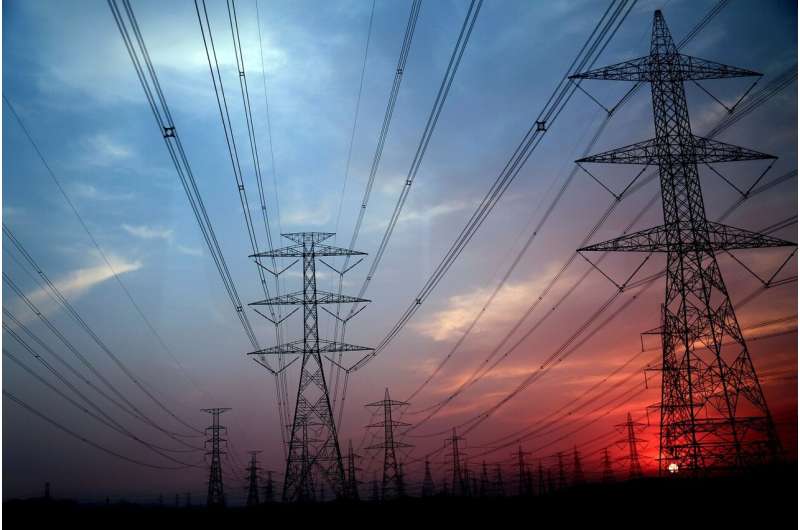
November 13, 2024 by Monash University
Collected at: https://techxplore.com/news/2024-11-highlights-large-scale-electricity-storage.html
A new white paper from Monash Business School has confirmed the essential role large-scale electricity storage will need to play if Australia is to reach its stated clean energy future.
“The storage imperative: Powering Australia’s clean energy transition” is authored by Associate Professor Guillaume Roger from Monash University’s Faculty of Business and Economics. His analysis shows that how we trade electricity today, and the financial instruments that support such trade, are inadequate to deal with intermittent energy and storage.
“The problem is that renewable energy must be stored to really be useful; there is too much of it when we don’t need it, and not enough when we do,” Associate Professor Roger said.
Australia’s ambitious clean energy targets of 43 percent emissions reduction by 2030, 82 percent renewable energy generation by 2030, and net zero emissions by 2050 hinge on a critical yet often misunderstood element: large-scale electricity storage.
Launched in conjunction with the Monash Energy Institute, the research-based white paper says that without storage, these goals remain out of reach. “Electricity storage on a large scale is the perfect, and very timely, complement to sporadically available renewable energy generation,” the report says.
“Storage enables the intertemporal shift of electricity production to make energy accessible when required rather than when available.”
According to Associate Professor Roger, “Storage is very complicated to understand and operate, and the manner in which the National Energy Market (NEM) is currently operating is not conducive to efficient storage operation, nor of storage investment, and as a result Australia is stalling.”
The research presents a range of policy recommendations and reforms for policymakers, market operators, and industry stakeholders, emphasizing a combination of simple reforms that are already in operation in other markets.
These include the introduction of adequate financial instruments to support investment, and further investment in research to design a market that can cope with the complete retirement of fossil fuel generators including:
- No-Regret Policies: Implementing Locational Marginal Pricing (LMP), a day-ahead market (DAM), and promoting forward contracting to enhance price signals and grid efficiency.
- Investment Incentives: Reevaluating schemes like the Capacity Investment Scheme (CIS) to better align with storage asset realities, encouraging full utilization to minimize taxpayer burdens.
- Financing Reliability: Developing new approaches to ensure system reliability in a storage-dominated grid, possibly through long-term contracting or innovative procurement mechanisms.
- Research Investment: Funding further research to explore the limits of revenue generation through arbitrage and market design in a renewable-centric landscape.
“An important dimension of these reforms is that they do not cost much to taxpayers, unlike much of the subsidies various governments, state and federal offer now, and they can be enacted rapidly. Australians should demand them,” Associate Professor Roger said.
“As Australia seeks to transition to a robust and sustainable energy future, addressing the complexities of electricity storage is crucial. The insights provided in this white paper lay the groundwork for effective energy policies and regulatory frameworks, giving us a chance to meet Australia’s clean energy goals.”
Monash Energy Institute Director Shreejan Pandey said the release of the white paper marks a significant step forward in addressing one of the most pressing challenges of our time—efficient energy storage to support Australia’s transition to clean energy.
“At the Monash Energy Institute, we’re committed to addressing energy transition challenges through pioneering research. Our independent, evidence-based insights are well suited to inform impactful policies that benefit all Australians,” said Mr. Pandey.
“This white paper underscores the urgency and opportunities in scaling up storage solutions to ensure a resilient and renewable-powered grid.”
More information: Report: The storage imperative: Powering Australia’s clean energy transition

Leave a Reply